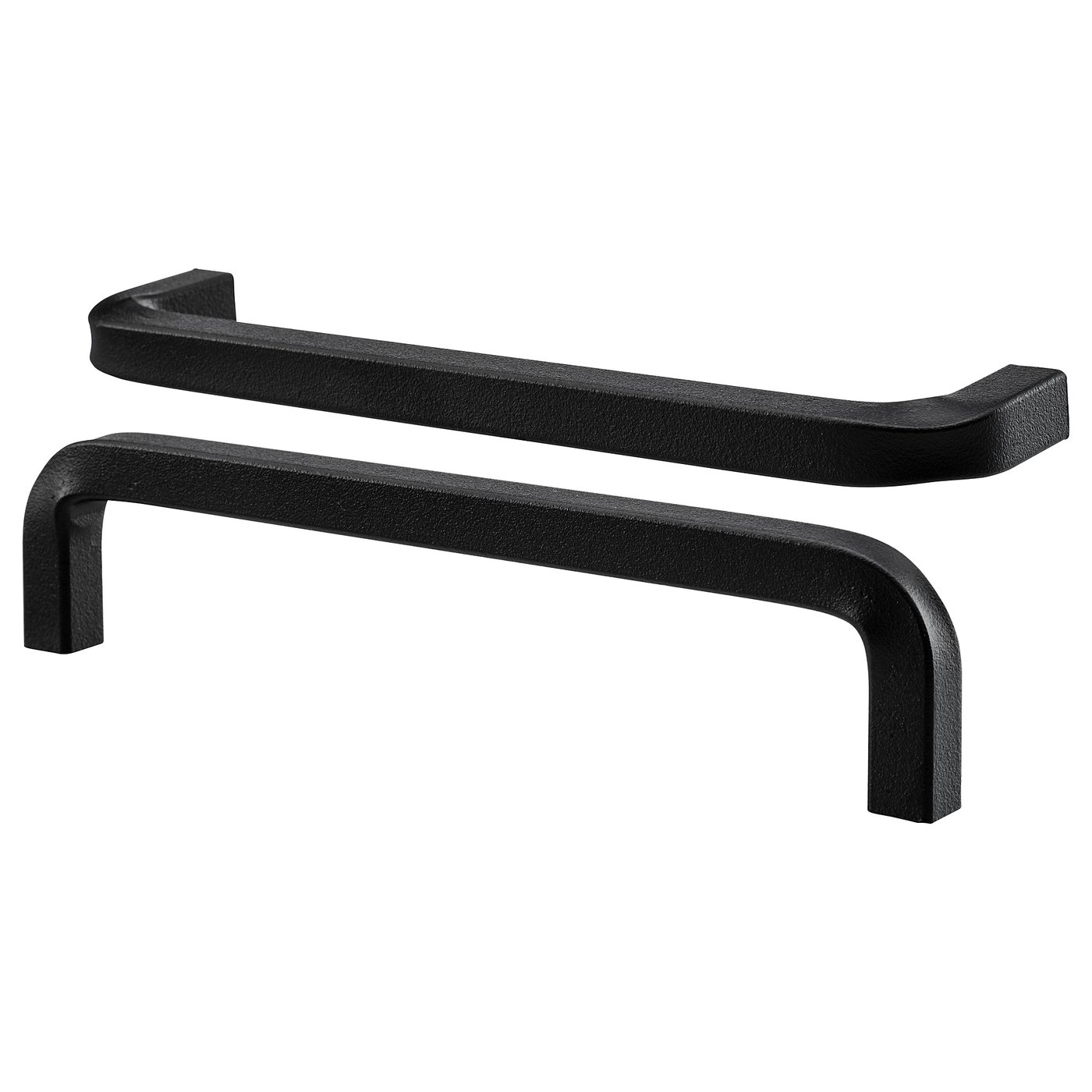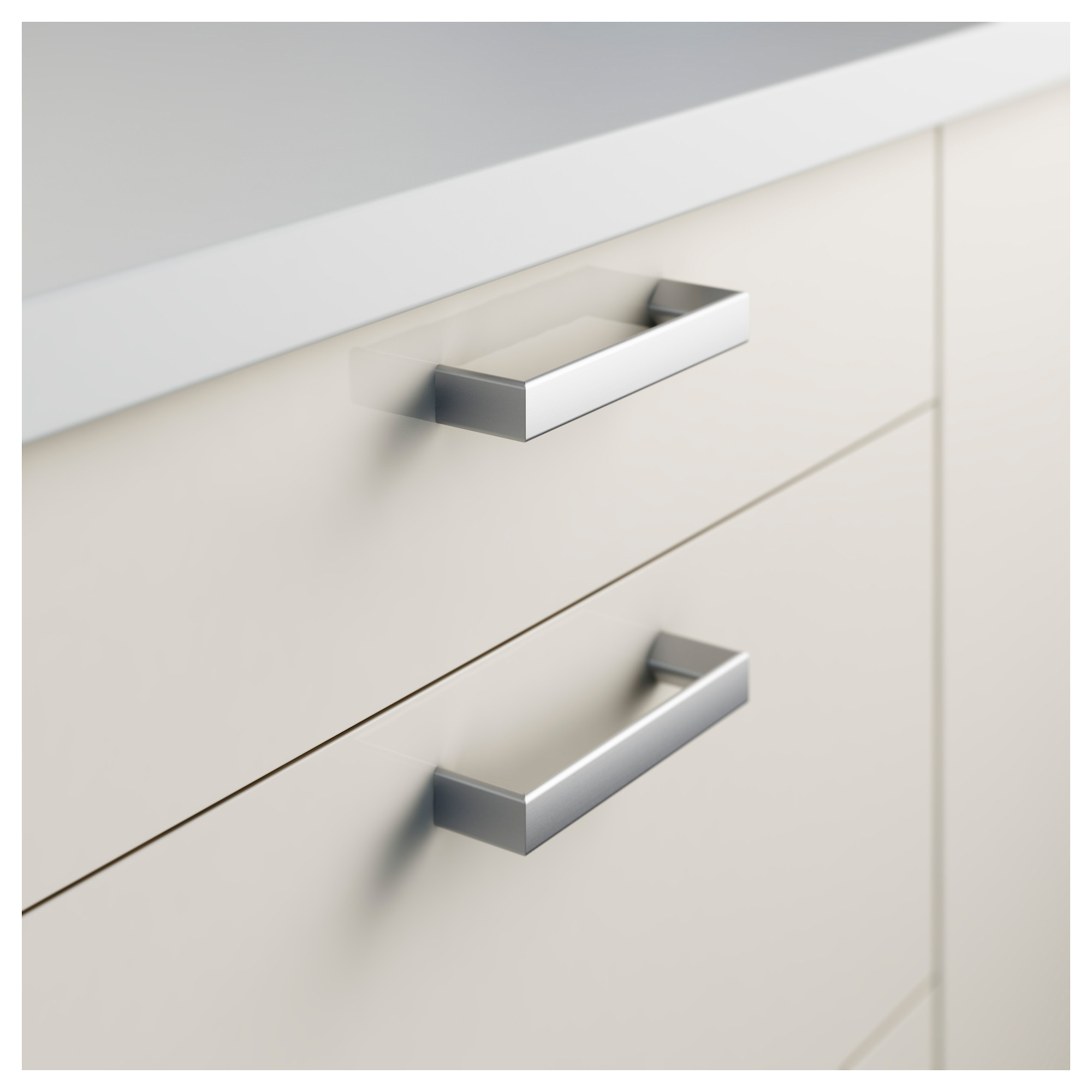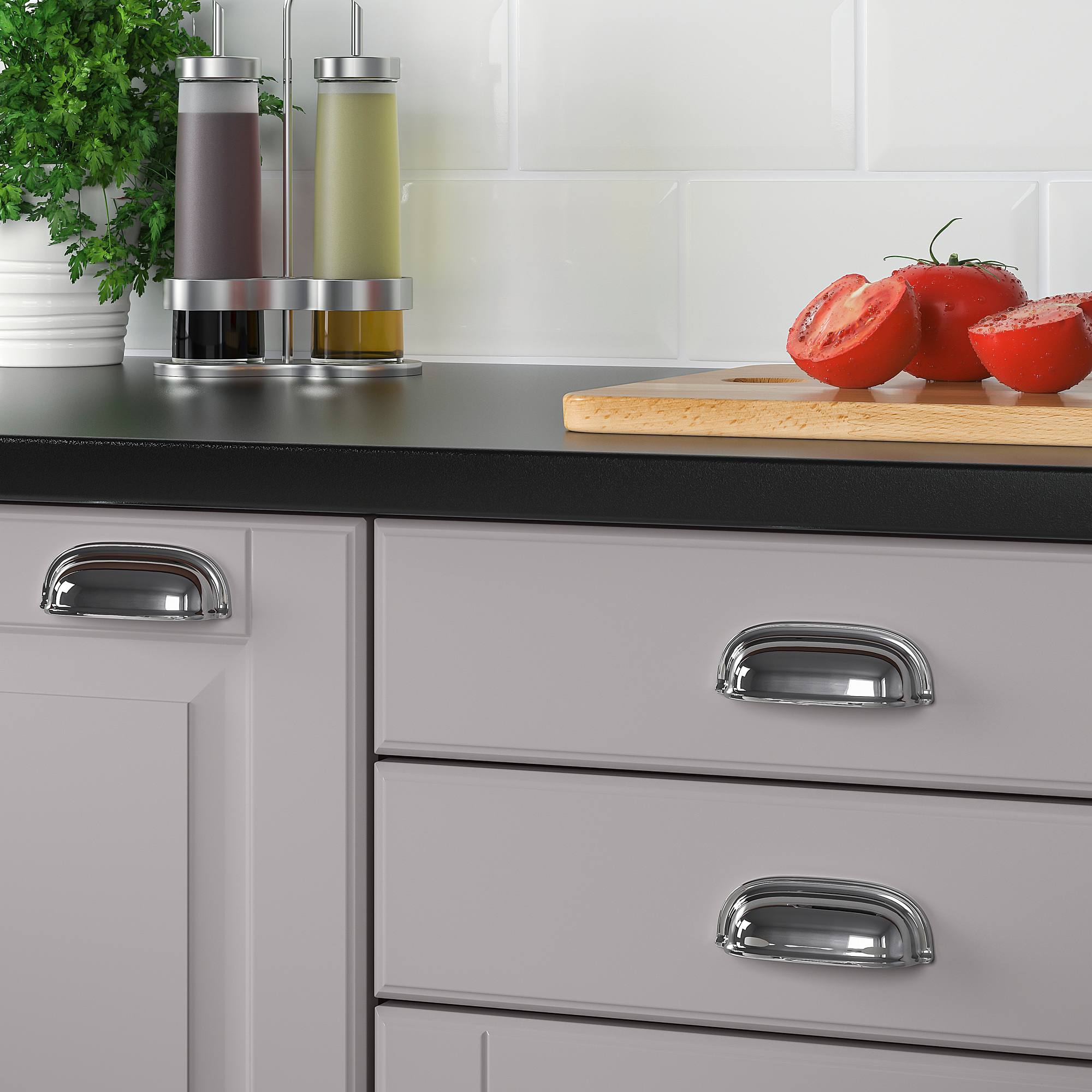IKEA Kitchen Cabinet Door Pull Styles and Trends

IKEA offers a wide variety of cabinet door pulls, catering to diverse design preferences and kitchen styles. Understanding the available options and their suitability for different aesthetics is crucial for creating a cohesive and visually appealing kitchen space. This section explores popular IKEA pull styles, their materials, finishes, and ideal applications.
Popular IKEA Cabinet Pull Styles
IKEA’s selection of cabinet pulls encompasses a spectrum of styles, from minimalist modern to rustic farmhouse. The most popular styles generally revolve around simplicity and functionality, reflecting current design trends. Materials range from durable metals to sleek plastics, offering various price points and aesthetic choices.
| Pull Style Name | Material | Finish Options | Suitable Kitchen Style |
|---|---|---|---|
| Ring Pull | Stainless Steel, Brass, Aluminum | Brushed Nickel, Matte Black, Polished Chrome | Modern, Minimalist, Contemporary |
| Bar Pull | Stainless Steel, Zinc Alloy | Matte Black, Brushed Nickel, Oil-Rubbed Bronze | Transitional, Modern Farmhouse, Contemporary |
| Cup Pull | Stainless Steel, Zinc Alloy | Matte Black, Satin Brass, Polished Chrome | Traditional, Farmhouse, Shaker |
| Knobs (Various Styles) | Ceramic, Wood, Metal | Variety of colors and finishes | Traditional, Farmhouse, Eclectic |
IKEA Kitchen Design Examples
Visualizing how different pull styles impact overall kitchen design is essential. Below are three distinct kitchen scenarios illustrating the effect of pull choice.
Ikea kitchen cabinet door pulls – Kitchen Design 1: Modern Minimalist
Imagine a sleek, white kitchen with flat-panel cabinets and integrated appliances. The walls are a pale gray, and the countertops are a polished concrete. Simple, brushed nickel ring pulls accentuate the clean lines of the cabinets, maintaining the minimalist aesthetic. The overall feel is sophisticated and uncluttered.
Kitchen Design 2: Rustic Farmhouse
Picture a warm, inviting kitchen with light wood cabinets, a white subway tile backsplash, and open shelving. The countertops are butcher block, and the overall color palette is neutral with pops of natural wood tones. Black cup pulls add a touch of rustic charm, complementing the farmhouse style. The atmosphere is cozy and inviting.
Kitchen Design 3: Contemporary Transitional
Envision a kitchen with a blend of modern and traditional elements. The cabinets are a medium-toned wood, with shaker-style doors. The backsplash is a neutral-toned tile, and the countertops are a quartz with subtle veining. Long, brushed brass bar pulls bridge the gap between modern sleekness and traditional details. The result is a balanced and stylish space.
Choosing the Right IKEA Cabinet Pulls for Your Kitchen
Selecting the perfect cabinet pulls can significantly elevate the aesthetic appeal and functionality of your IKEA kitchen. The seemingly small detail of hardware choices profoundly impacts the overall design, reflecting your personal style and creating a cohesive look. Careful consideration of several factors ensures a harmonious blend of form and function.
Cabinet Door Style and Kitchen Design, Ikea kitchen cabinet door pulls
The style of your cabinet doors dictates the appropriate pull style. For sleek, modern shaker cabinets, minimalist bar pulls or cup pulls in brushed nickel or matte black create a clean, contemporary feel. More ornate, traditional cabinets might pair better with ornate knobs or longer, more decorative pulls in finishes like oil-rubbed bronze or polished brass. Consider the overall kitchen design as well; a farmhouse kitchen might benefit from vintage-inspired pulls, while a minimalist space would thrive with sleek, simple options. The chosen pulls should complement the existing hardware, countertops, and backsplash, maintaining a consistent visual theme.
Pull Size and Shape Influence on Kitchen Aesthetics
Different pull sizes and shapes dramatically alter the visual perception of your kitchen. Small, delicate pulls can make cabinets appear more refined and elegant, while larger, bolder pulls create a statement and draw attention. The shape also plays a significant role; arched pulls add a touch of softness, while straight, rectangular pulls offer a modern, clean aesthetic. Long pulls, particularly on larger doors, provide a better grip and enhance functionality, while smaller pulls suit smaller doors and drawers. Imagine, for example, the difference between slender, minimalist bar pulls on sleek, white cabinets versus substantial, ornate knobs on richly stained wood cabinets – each creates a distinctly different atmosphere.
Cabinet Door Weight and Functionality
The weight and functionality of your cabinet doors directly influence pull selection. Heavy doors require stronger, more robust pulls to ensure smooth, reliable operation and prevent damage over time. Consider the frequency of use; frequently accessed cabinets benefit from comfortable, easy-to-grip pulls, while less-used cabinets allow for more stylistic choices. For example, drawers and heavier doors might necessitate larger, more substantial pulls for a secure grip, while lighter doors might accommodate smaller, more delicate options without compromising functionality.
Measuring Cabinet Doors for Proper Pull Placement
Accurate measurements are crucial for proper pull placement and selection. Improper placement can compromise both aesthetics and usability.
- Measure Cabinet Door Width: Use a tape measure to determine the exact width of each cabinet door. This measurement is essential for selecting appropriately sized pulls.
- Determine Pull Center Placement: For most pulls, the center point should be located roughly one-third of the way up from the bottom edge of the cabinet door. This provides a comfortable and ergonomic grip.
- Mark Center Point: Using a pencil, carefully mark the calculated center point on the door. This serves as your guide for precise pull placement.
- Check Pull Dimensions: Before drilling, verify the dimensions of your chosen pulls to ensure they align with your marked center points and that they won’t interfere with adjacent doors or drawers.
- Pilot Hole Drilling: Drill pilot holes to guide the screws, preventing wood splitting. Use the appropriate drill bit size for your chosen pulls and screws.
Installing IKEA Cabinet Door Pulls: Ikea Kitchen Cabinet Door Pulls

Tackling the installation of your new IKEA cabinet pulls might seem daunting, but with a little preparation and these straightforward steps, you’ll have them looking perfectly placed in no time. This guide covers both screw-on and adhesive-backed pulls, ensuring a smooth process regardless of your chosen style.
Tools and Materials
Before you begin, gather everything you need to avoid interruptions. This will make the entire process much more efficient and less frustrating. You’ll likely need a measuring tape, pencil, screwdriver (Phillips head is most common for IKEA hardware), level, possibly a drill (depending on the cabinet material and pull type), and the pulls themselves, of course. For adhesive-backed pulls, you’ll also need rubbing alcohol or a similar cleaning agent to prep the surface for optimal adhesion.
Installing Screw-On Cabinet Pulls
This is the most common type of IKEA cabinet pull. Begin by carefully measuring the placement of your pulls. Consistency is key for a professional look, so use a level to ensure they are all perfectly aligned. Lightly mark the locations with a pencil. Next, pre-drill pilot holes (if necessary, especially for harder woods or if you’re using a particularly small screw) to prevent splitting the cabinet door. Then, simply align the pull with your markings and secure it using the provided screws. Tighten gently but firmly to avoid damaging the wood or the pull itself. Remember to check the pull’s alignment after screwing it in place to make any necessary adjustments.
Installing Adhesive-Backed Cabinet Pulls
Adhesive-backed pulls offer a quick and easy installation, perfect for renters or those who prefer a less permanent solution. However, proper preparation is crucial for a long-lasting bond. Start by thoroughly cleaning the cabinet door surface with rubbing alcohol to remove any grease, dirt, or residue. Allow the surface to dry completely. Peel the protective backing from the adhesive strip on the pull. Carefully align the pull with your markings and press firmly onto the cabinet door, holding it in place for at least 30 seconds to ensure good adhesion. Avoid touching the adhesive during this process. Some adhesive-backed pulls include additional adhesive pads for extra security; consider using them, especially on heavier doors.
Troubleshooting Common Installation Challenges
Occasionally, you might encounter some issues. For example, misaligned pulls can easily be fixed by removing the screws (or carefully peeling off the adhesive) and re-aligning before re-attaching. If a screw is stripping, try using a slightly larger screw (if you have one that fits). If you encounter a particularly stubborn adhesive, a hair dryer set on a low heat can help soften the adhesive, making removal easier. Remember, patience is key. If a pull feels loose after installation, double-check the screws or adhesive to ensure it’s securely fastened.

